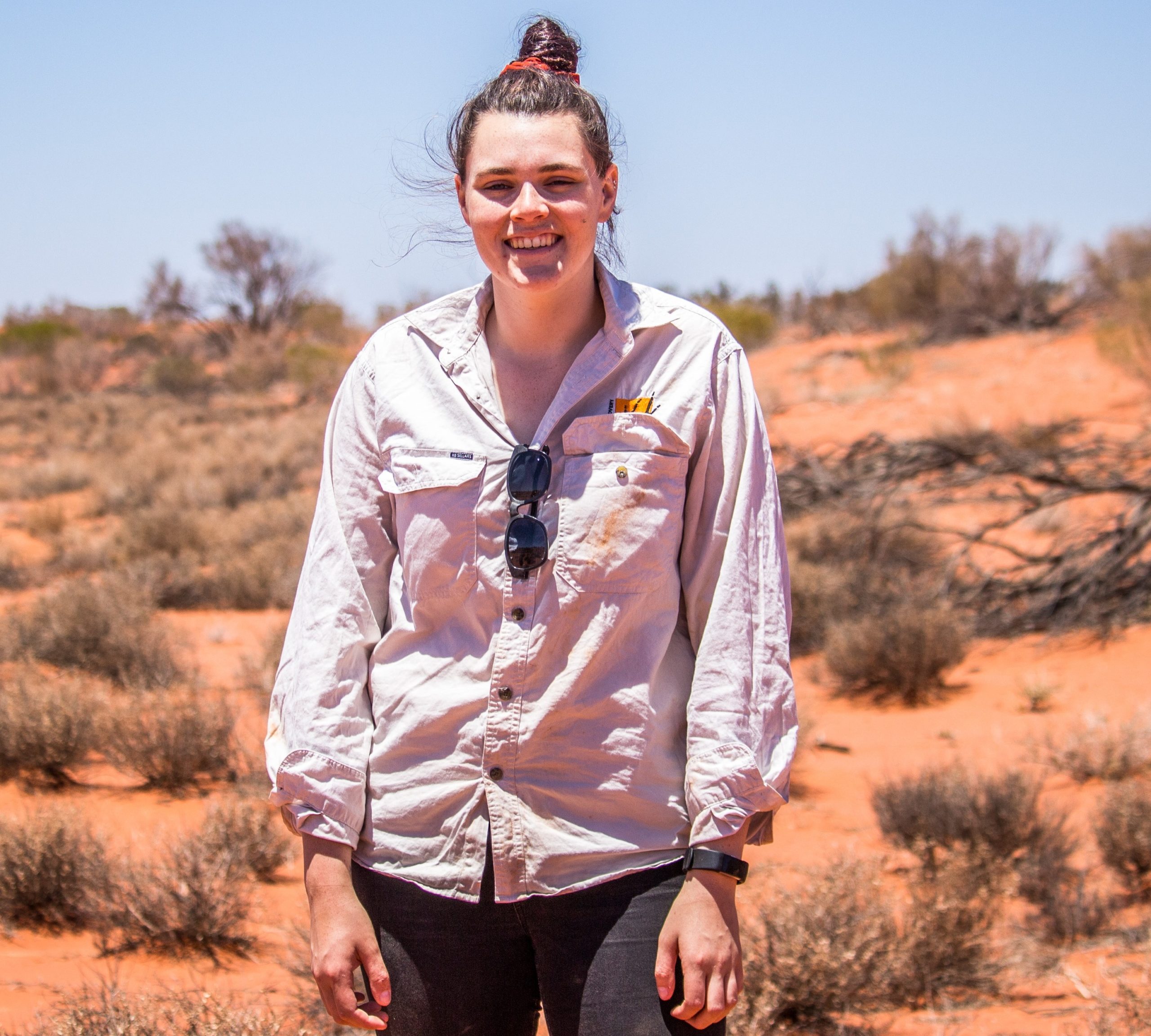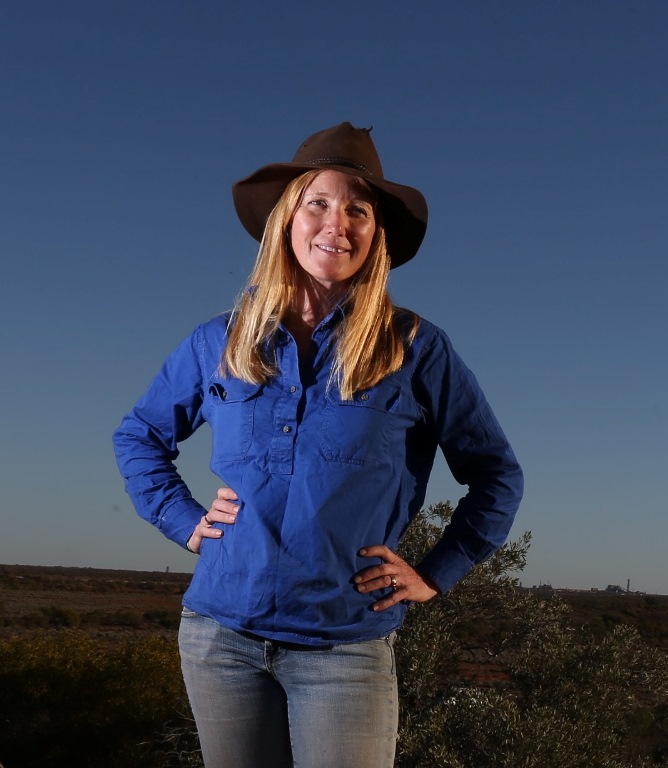Arid Recovery’s commitment to sharing all research outcomes for everyone to learn from

Arid Recovery’s ambitious goal is to see vulnerable native animals restored to Australia’s vast open landscapes, out of fences and roaming freely. To make any headway in this ambition it is essential to try new things, but this of course comes with risks. As is to be expected, we don’t always get the outcomes we want. Frequently when we try an idea it will fail. Over the last 20 years we have tested methods for establishing native animals outside of fences and found, that introduced cats and foxes usually overcome our efforts.
One of Arid Recovery’s objectives is to strive to publish everything: the good, the bad and the ugly. As we measure and monitor everything we do, these failures or setbacks are an opportunity to learn and further our understanding. We are not focused on good news stories, but on the only story that matters: what is actually happening.
We cannot hide from the fact that our conservation programs have led to animal deaths. Between 2006 and 2008 we ran the ‘Wild West’ project that was an attempt to establish a population of bilbies outside the reserve (read the paper). Enormous efforts went into feral cat and fox control with many hours put in by volunteers. We even tried training naïve bilbies to be wary of predators by exposing them to predator scents and models and associating them with an unpleasant experience. Despite our best efforts removing feral cats and foxes from quarterly aerial baiting, continual trapping and shooting, the attempt ultimately failed with the last bilby dying 19 months after release: a failure in most senses.

However, we learnt so much from this failure. We now know that broad feral cat control is not necessarily that effective, but that targeted removal of individual killer cats may be. We learnt that training bilbies with scents and models of predators is no substitute for the real thing. These lessons are published in scientific journals, and have clearly shown us what we needed to do next. The experience led to our current project on Tackling Prey Naivety in collaboration with the University of NSW (and more here). Already there is success building on the foundation of the earlier failures. We now have bilbies (and bettongs) coexisting with a low density population of cats.
There are other complexities and unexpected lessons learnt along the way too. The good news story of booming populations of threatened species reintroduced into the predator-proof reserve is not so simple. Our greatest success – returning some vulnerable mammals otherwise extinct on the mainland such as the Burrowing Bettong – has had a setback. Bettong numbers are now too high, damaging the condition of the vegetation in the reserve and reducing the food available for other species. Once again, by recognising the problem, analysing it, and not shying away from bad stories, we have been able to begin developing solutions. Currently we are testing one-way gates as a means for bettongs to disperse and relieve the pressure on the reserve, along with other options. Our commitment is that if this doesn’t work, we will still publish what we learn for the benefit of everyone.
Will these stories that are sometimes unsavoury cost us? It could taint our image in some people’s minds and could expose us to sound-bite criticisms from oversimplified media. But we believe this openness is critical to moving conservation forward in Australia.
We recognise that many organisations cannot often afford to stray from the good news stories to the same extent as we can by admitting the occasional failure. Politicians and public servants understandably wish to prevent government departments from being accused of ‘failing’ or ‘wasting tax dollars’, and big charities can ill afford to appear to ‘waste’ generous donations. This is in large part why so many insights and so much valuable information continue to lie in internal reports. It is an understandable waste, but a waste nonetheless.
We are optimistic that, collectively, we will eventually meet our goal of restoring lost mammals to Australia’s arid interior. One day, this battle may be over. Natives, cats and rabbits will, we hope, coexist with minimal intervention. To get there we need to build on our understanding of how arid ecosystems work and develop new methods for dealing with threats. Only by testing every assumption, by analysing every mistake, and by boldly trying risky ideas can we push our knowledge forward. To this end, we aim to publish papers on every one of our failures. By learning from these failures, not only we but also everyone else pushing conservation forward can gain some real ground.





















